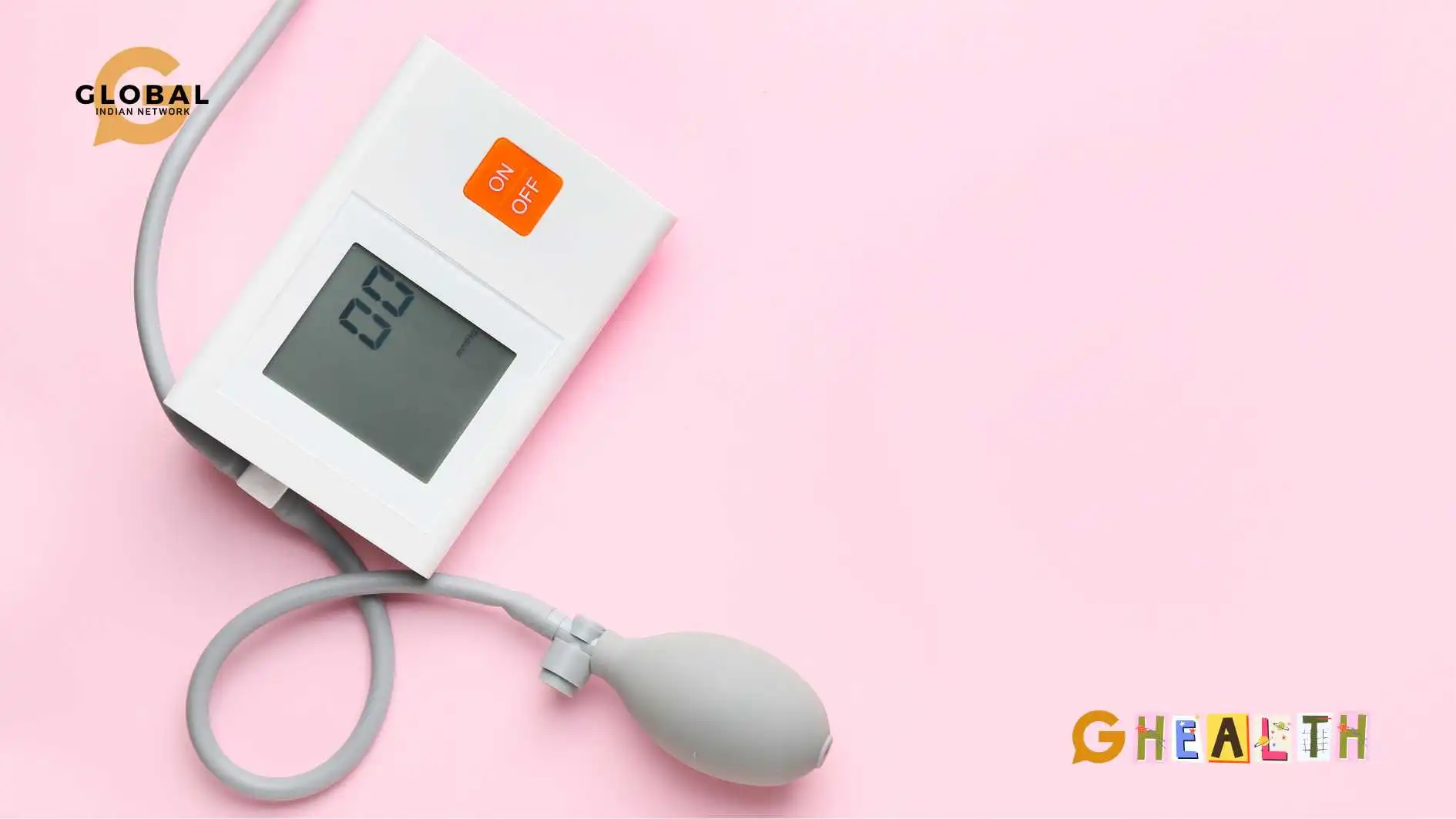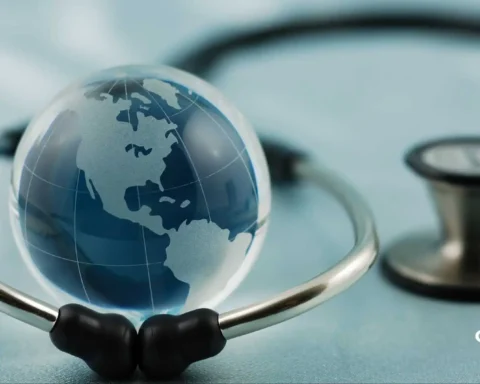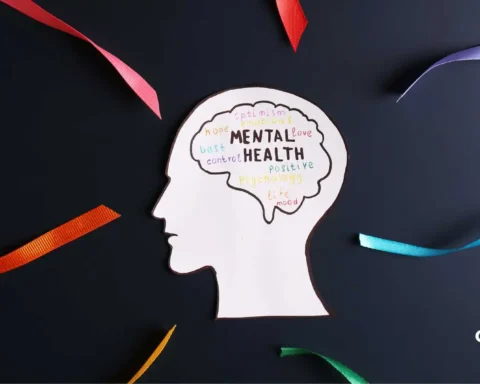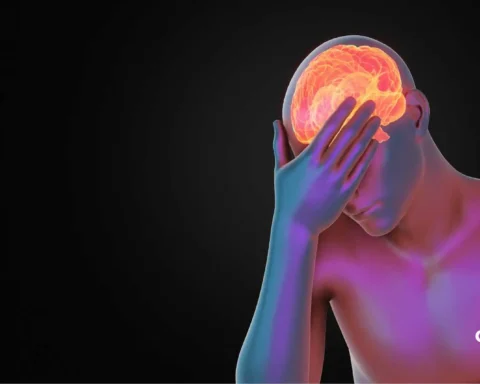Blood pressure is a vital measurement of health conditions showing the impact of the flow of blood strength on artery walls during body circulation of blood with potential health issues in case of deviations from the normal levels. Two main kinds of blood pressure abnormalities are high blood pressure (hypertension) and low blood pressure (hypotension). Let’s learn more about hypertension and hypotension differences, their symptoms, their reasons, and their possible implications.
Table of Contents
What is Blood Pressure, and How is it Measured?
Blood pressure is the force that blood exerts on the walls of the arteries as it circulates through the body. It is measured using two numbers: systolic blood pressure, which is the pressure when the heart beats and pushes blood through the arteries, and diastolic blood pressure, which is the pressure when the heart rests between beats.
Blood pressure readings are expressed in millimeters of mercury (mmHg). For example, 120/80 mmHg registers a systolic blood pressure of 120 mmHg and a diastolic blood pressure of 80 mmHg. Usually, blood pressure is monitored by a gadget referred to as a sphygmomanometer, comprising an inflatable cuff wound around the upper arm and a dial. It is when the cuff tightens the artery upon being inflated to a maximum before it is slowly deflated with listening to a stethoscope or monitor.
Types of Blood Pressures
Blood pressure can be categorized into several types based on the elevated blood pressure readings and the conditions they indicate.
Normal blood pressure for adults is generally around 120/80 mmHg.
The American Heart Association provides the following categories:
- Normal: Systolic less than 120 mmHg and diastolic less than 80 mmHg.
- Elevated: Systolic between 120-129 mmHg and diastolic less than 80 mmHg.
- Hypertension Stage 1: Systolic between 130-139 mmHg or diastolic between 80-89 mmHg.
- Hypertension Stage 2: Systolic 140 mmHg or higher or diastolic 90 mmHg or higher.
- Hypertensive Crisis: Systolic higher than 180 mmHg and/or diastolic higher than 120 mmHg.
ALSO READ: Best Ayurvedic Medicines for High Blood Pressure That Will Surprise You
Hypertension
Hypertension, also known as high blood pressure, is a chronic medical condition where the force of blood flow against the artery walls is consistently too high, typically defined as having a systolic pressure above 130 mmHg and/or a diastolic pressure above 80 mmHg.
Causes
Hypertension, also called high blood pressure, can be categorized into primary and secondary types.
Primary (essential) hypertension: No identifiable cause; develops gradually over years.
Secondary hypertension: Caused by underlying risk factors such as:
- Chronic kidney disease
- Medical History
- Adrenal gland tumors
- Thyroid problems
- Certain medications (e.g., birth control pills, decongestants)
- Obstructive sleep apnea
- Excessive alcohol consumption
Symptoms
Hypertension is often called a “silent killer” because it may not cause common conditions until it has caused significant damage to the body. When symptoms do occur, they may include:
- Severe headaches
- Shortness of breath
- Nosebleeds
- Chest pain
- Blurry vision or cognitive impairment
- Fatigue or confusion
- Irregular heartbeat
Treatment
Treating hypertension typically involves lifestyle changes and blood pressure medication.
Lifestyle Changes
Diet: Check food labels and eat a healthy diet low in salt, saturated fats, and cholesterol. Increase intake of fruits, vegetables, and whole grains. Follow dietary approaches like the DASH diet (Dietary Approaches to Stop Hypertension).
Exercise: Engage in regular physical activity, such as brisk walking, for at least 150 minutes a week.
Weight management: Maintain a healthy weight.
Limit alcohol: Reduce alcohol consumption.
Quit smoking: Avoid smoking.
Medications
Diuretics: Help kidneys remove excess sodium and water.
ACE inhibitors: Relax blood vessels by preventing the formation of a hormone that narrows blood vessels.
Calcium channel blockers: Prevent calcium from entering the heart and blood vessel muscle cells, relaxing the blood vessels.
Beta-blockers: Reduce the heart rate and the heart’s output of blood.
Alpha-blockers: Help reduce nerve impulses that tighten blood vessels.
Hypotension
Hypotension, or low blood pressure, is a condition where the blood pressure in the arteries is abnormally low, typically defined as having a systolic pressure below 90 mmHg and/or a diastolic pressure below 60 mmHg.
Causes
Hypotension, or low blood pressure, can occur for several reasons and is classified into different types.
Dehydration: Loss of more water than you take in can cause blood pressure to drop.
Heart problems: Certain heart diseases, such as extremely low heart rate (bradycardia), heart valve problems, heart attack, and heart failure, can cause low blood pressure.
Endocrine problems: Conditions like adrenal insufficiency (Addison’s disease), low blood sugar (hypoglycemia), and diabetes.
Severe infection (septicemia): When an allergic reaction or infection in the body enters the bloodstream, it can lead to a dangerous drop in blood pressure.
Blood loss: Losing a lot of blood from a major injury or internal bleeding reduces the amount of blood in the body, leading to a severe drop in blood pressure.
Lack of nutrients: Deficiency in vitamins B-12 and folate can prevent the body from producing enough red blood cells, causing low blood pressure.
Body position: Orthostatic hypotension or postural hypotension occurs when blood pressure drops upon standing up from a sitting or lying position.
Symptoms
Symptoms of hypotension can vary depending on the underlying cause and may include:
- Dizziness or lightheadedness
- Fainting
- Blurred or fading vision
- Nausea
- Fatigue
- Lack of concentration
- Cold, pale, clammy skin
- Rapid, shallow breathing
- Weak and rapid pulse
- Thirst
Treatment
Treating hypotension involves addressing the underlying cause, including following a healthy lifestyle and blood pressure medicines.
Lifestyle Factors
Increase salt intake: Unlike hypertension, increasing salt in the diet can help raise blood pressure.
Drink more fluids: Staying hydrated helps increase blood volume.
Wear compression stockings: These can help reduce the pooling of blood in the legs and relieve orthostatic hypotension.
Avoid alcohol: Alcohol can lower blood pressure further.
Monitor time of day and body position: Blood pressure can vary based on these factors, so adjusting activities accordingly can help manage symptoms.
Medications
Fludrocortisone: Helps increase blood volume.
Midodrine: Helps increase blood pressure by constricting blood vessels.
Hypertension and Hypotension Differences Explained
Understanding the crucial hypertension and hypotension differences is key to managing these conditions effectively.
Definitions and Ranges
Hypertension: A chronic condition characterized by consistently high blood pressure, generally defined as systolic pressure above 130 mmHg and diastolic pressure above 80 mmHg.
Hypotension: A condition characterized by abnormally low blood pressure, typically defined as systolic pressure below 90 mmHg and diastolic pressure below 60 mmHg.
Causes
Hypertension: Often idiopathic (primary) but can be secondary to conditions such as kidney disease, adrenal gland tumours, and certain medications.
Hypotension: This can result from dehydration, cardiovascular disease, endocrine disorders, severe infections, blood loss, and nutrient deficiencies.
Symptoms
Hypertension: Often asymptomatic but can cause headaches, shortness of breath, nosebleeds, chest pain, blurry vision, and fatigue when severe.
Hypotension: Can cause dizziness, fainting, blurred vision, nausea, fatigue, and lack of concentration.
Health Risks
Hypertension: Long-term risks include damage to the heart, kidneys, eyes, and brain; increased risk of heart attack, stroke, and kidney failure.
Hypotension: Immediate risks include fainting and injury from falls; severe cases can lead to shock and organ damage.
Management
Hypertension: This health condition can be managed through lifestyle changes and medications such as diuretics, ACE inhibitors, calcium channel blockers, beta-blockers, and alpha-blockers.
Hypotension: Managed by addressing underlying causes, increasing fluid and salt intake, wearing compression stockings, and medications like fludrocortisone and midodrine.
Can a Person Have Both Hypertension and Hypotension?
While it is unusual, a person can experience both hypertension and hypotension, particularly in different contexts or times. For example, someone with generally high blood pressure might experience sudden drops (hypotensive episodes) due to medication, dehydration, or other factors. This can complicate treatment and requires careful blood pressure monitor and adjustments to their medical management.
ALSO READ: Can You Optimize Your Wellness? Top Factors Affecting Wellness
Conclusion
Hypertension and hypotension differences must be understood to recognize and manage blood pressure. When not managed correctly, both hypertension and hypotension have substantial health ramifications. Whether dealing with high or low blood pressure, being informed and proactive can lead to better health outcomes and a higher quality of life.
FAQs
What is the main difference between hypertension and hypotension?
The main difference between hypertension and hypotension is that hypertension refers to abnormally high blood pressure, while hypotension refers to abnormally low blood pressure. Hypertension can lead to chronic health issues like heart disease, while hypotension can cause immediate symptoms such as dizziness and fainting.
Can we lower the blood pressure without medication?
Yes, you can lower blood pressure without medication by adopting a healthy lifestyle, including regular exercise, a balanced diet low in salt and high in fruits and vegetables, and reducing alcohol intake. Also, managing stress and avoiding smoking can significantly contribute to lowering blood pressure.
Which one is worse, high or low blood pressure?
Both high and low blood pressure can be dangerous, but hypertension generally poses a greater long-term risk due to its association with heart disease, stroke, and kidney failure. However, severe hypotension can cause immediate life-threatening issues such as shock and organ damage.










[…] and over, which is more than double the recommended amount. This poses severe health risks, such as hypertension and cardiovascular […]